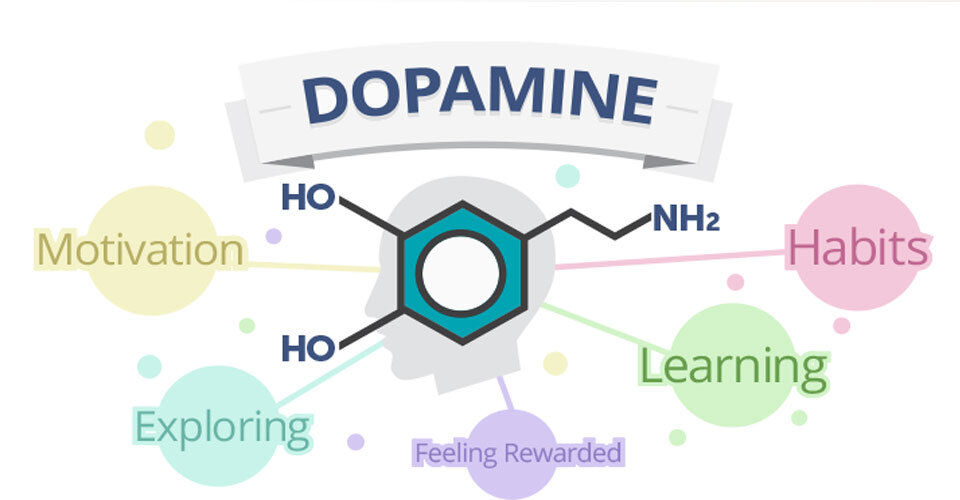In everyday life, rejection is an inevitable experience. It might come in the form of a declined job application, a missed promotion, an unanswered message, or even a subtle shrug from a stranger. For most people, these moments pass quickly — they sting, perhaps, but they do not linger. But for those with rejection sensitivity, even the most minor perceived slight can trigger a cascade of emotional and psychological consequences. This deep-rooted and often hidden phenomenon is more common than many realize, and it can profoundly affect one’s relationships, career, and overall well-being.
What Is Rejection Sensitivity?
Rejection sensitivity (RS) is the tendency to anxiously expect, readily perceive, and intensely react to rejection. It is not simply being afraid of rejection — everyone feels that to some degree. Rather, it is a heightened state of alertness and reactivity that can influence a person’s behavior even in the absence of actual rejection.
The concept was first articulated in psychological literature by Dr. Geraldine Downey and colleagues in the 1990s. They described it as a cognitive-affective processing disposition, meaning it combines both the way a person thinks and feels about social interactions. People with high RS often interpret ambiguous cues — a neutral tone, delayed reply, lack of eye contact — as signs that they are being rejected, even when no such intention exists.
Roots of Rejection Sensitivity
The origins of RS often trace back to early childhood experiences. Children who grow up in environments where love, approval, or attention were inconsistent or conditional may learn to associate closeness with unpredictability. If a caregiver’s affection was withdrawn as punishment or if approval was only granted based on performance, the child may internalize the belief that they are fundamentally unworthy of unconditional acceptance.
Additionally, bullying, exclusion by peers, or early romantic betrayal can shape how a person perceives and responds to rejection later in life. These early wounds may not heal completely, leaving emotional scar tissue that flares up in moments of uncertainty or perceived judgment.
In some cases, RS is also connected to certain mental health conditions, such as borderline personality disorder (BPD), social anxiety disorder, or attention-deficit/hyperactivity disorder (ADHD), especially in individuals with Rejection Sensitive Dysphoria — an extreme form of RS.




